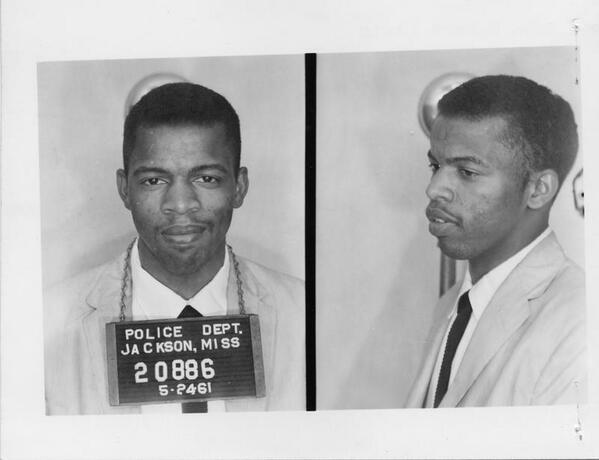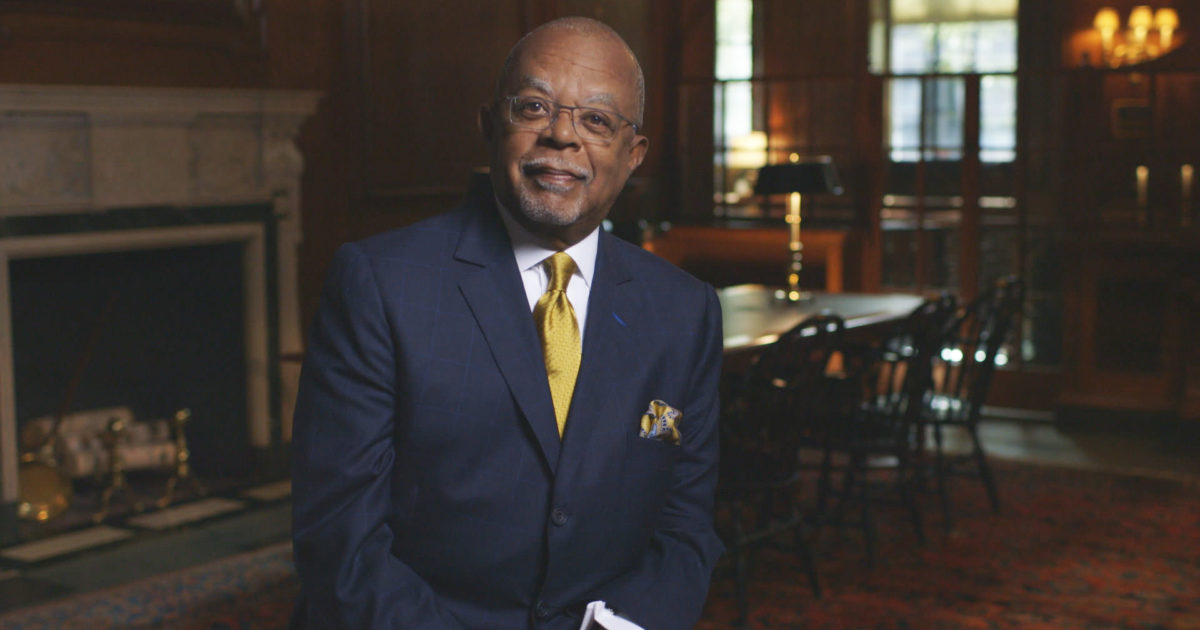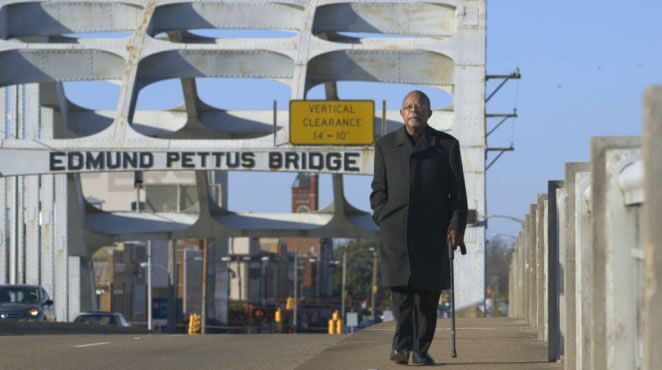March 10th, 2013 was the 100th anniversary of the death of Harriet Tubman, a woman whose name is synonymous with bravery and freedom.
Growing up, I attended a small public school in East Cleveland, where each of the students was required to learn the following poem by Eloise Greenfield:
Harriet Tubman didn’t take no stuff
Wasn’t scared of nothing neither
Didn’t come in this world to be no slave
And wasn’t going to stay one either
“Farewell!” she sang to her friends one night
She was mighty sad to leave ’em
But she ran away that dark, hot night
Ran looking for her freedom
She ran to the woods and she ran through the woods
With the slave catchers right behind her
And she kept on going till she got to the North
Where those mean men couldn’t find her
Nineteen times she went back South
To get three hundred others
She ran for her freedom nineteen times
To save Black sisters and brothers
Harriet Tubman didn’t take no stuff
Wasn’t scared of nothing neither
Didn’t come in this world to be no slave
And didn’t stay one either
And didn’t stay one either
For young black children being taught by (mostly) black teachers, this was but one way they introduced us to our heritage. The Harriet Tubman I was introduced to was fierce and fearless. As Greenfield wrote, she “didn’t take no stuff.” This woman was one of the giants whose shoulders we stood on.
And now, on the anniversary of her death, we are reminded that her legend still looms large over us but she remains largely a mystery. Our very own Henry Louis Gates Jr.’s most recent piece for The Root, “How Did Harriet Tubman Become A Legend?,” explores what historians know thus far of this American hero:
In 1849, a young woman hurried along a path cutting through a marsh in Poplar Neck, Md., near the town of Preston. She was a slave, barely 5 feet tall. She was scarred from several beatings. She alternated between walking and running, like thousands of other slaves had before her, desperately hoping to cross the Mason-Dixon Line to the get to the North, to freedom in Philadelphia. With a great deal of luck and skill, she made it. And what did she do once she was free? Unlike virtually any other person before her or after, this fugitive slave turned around and walked back into slavery, counter-intuitively, in order to free other slaves. And for this, she would become a legend.


